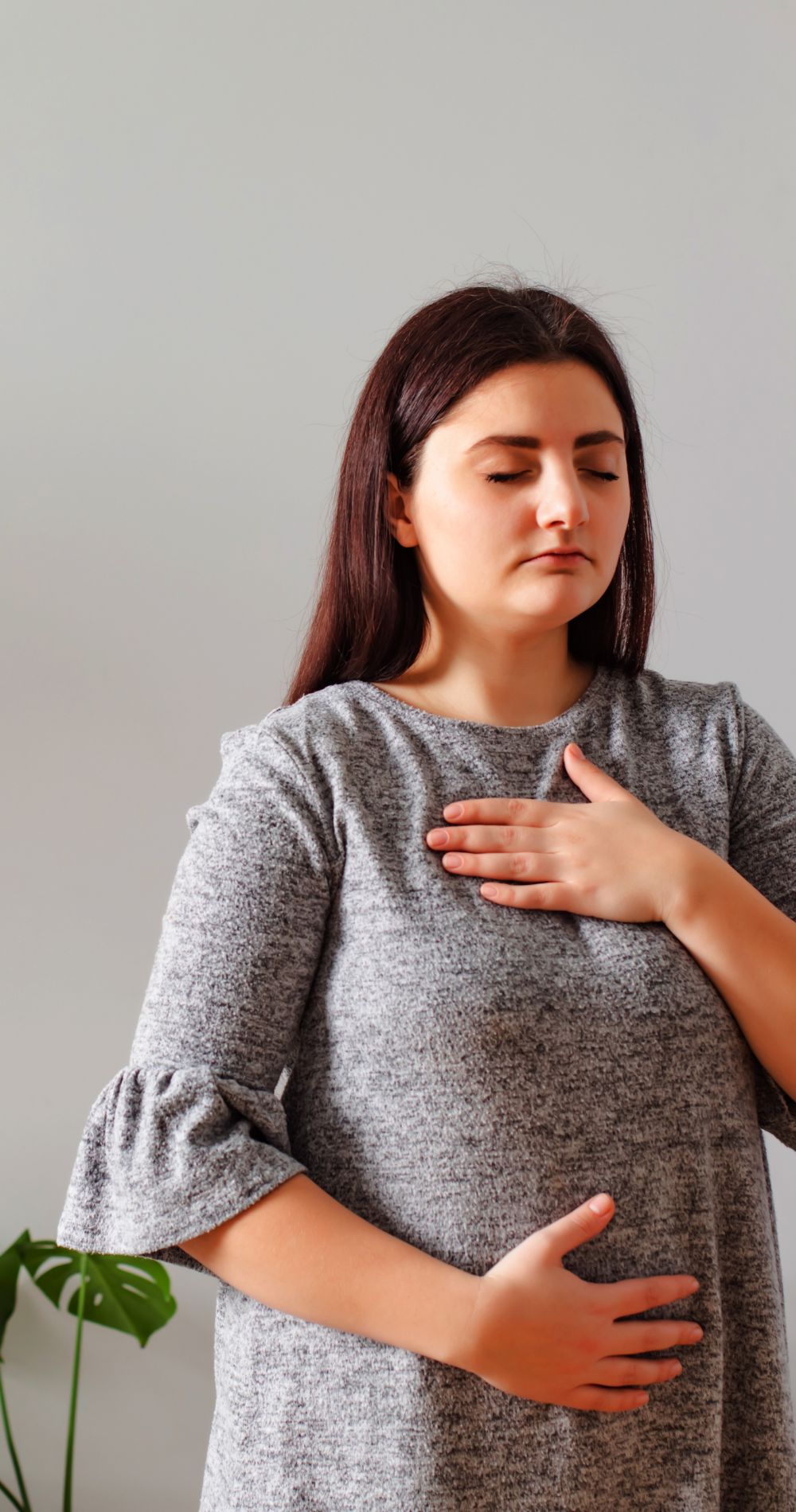October is Healthy Lung Month
How can you promote lung health this October?
Healthy Lung Month was founded to educate the public about the importance of protecting our lungs against general neglect, bronchitis, mold, air pollution, and smoking. Equip yourself with knowledge of pollutants to be aware of to avoid lung diseases this month.
What factors affect lung health?
Your body has a built-in protection system for the lungs, however, steering clear of pollutants can greatly reduce your risk of lung disease. Smoke is one of the biggest pollutants in your lungs. Cigarette smoke can narrow the air passages and make breathing more difficult. It causes chronic inflammation or swelling in the lung, which can lead to chronic bronchitis. Over time cigarette smoke destroys lung tissue and may trigger changes that grow into cancer.
There are environmental pollutants both indoors and outdoors. Indoor pollutants include smoke, chemicals in the home and workplace, and radon all can cause, which can all make lung disease worse. To avoid them, test your home for radon, don’t smoke indoors, and avoid exercising outdoors on bad air days.
Outdoor pollutants include smog, carbon monoxide from burning fuels, electric utilities like burning coal, natural gas, oil, and biomass, and smoke from wildfires. Levels of these pollutants in the air reduce when steps are taken to help the environment, so living more green actually helps your lung health as well.
What does lung disease look like?
Common lung diseases include asthma, the collapse of part or all of the lungs, swelling and inflammation in the main passages that carry air to the lungs (or bronchitis), COPD, lung cancer, and lung infection (or pneumonia). Everyone can be affected by lung disease, but there are certain demographic groups that are more vulnerable to them, including children, older adults, and people with lung diseases such as asthma or COPD.
Below are the warning signs of lung disease, if you or anyone you know exhibits these symptoms, make an appointment with your doctor. Knowing the early warning signs of lung disease can help you receive treatment before the disease becomes serious or even life-threatening.
Chronic cough
A cough is considered chronic after eight weeks or longer. If a cough reaches a chronic level, something is most likely wrong with your respiratory system.
Chronic mucus production
Mucus, or phlegm, is only produced in defense against infections or irritants. If your mucus production has lasted a month or longer, this could indicate lung disease.
Coughing up blood
If blood is coming up in your cough, it may be from your lungs or upper respiratory tract. Either way, it is a sign of a lung health problem.
Shortness of breath
It’s not normal to experience shortness of breath that doesn’t go away soon after movement, and it’s not normal to experience it after little to no exertion. This on top of labored breathing is a warning sign.
Wheezing
Noisy breathing or wheezing is a sign that something unusual is blocking your lungs’ airways or making them too narrow.
Chronic chest pain
Chest pain with no explanation that persists for a month or more, especially if it gets worse with breathing or coughing, is a warning sign of lung disease.
How Indoor Air Quality Impacts Your Lungs
Learn how indoor air quality impacts your lungs, as well as practical tips for improving the indoor air quality in your home in this video by the American Lung Association.
https://www.lung.org/clean-air/outdoors/what-makes-air-unhealthy
https://www.lung.org/clean-air/outdoors/who-is-at-risk
https://www.pennmedicine.org/for-patients-and-visitors/patient-information/conditions-treated-a-to-z/lung-disease
https://www.lung.org/lung-health-diseases/warning-signs-of-lung-disease

